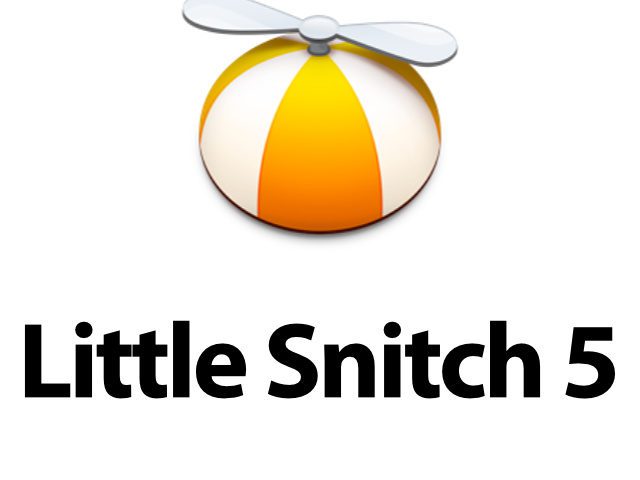

It’s possible that some of the features that are currently limited to Macs with M1 architecture will be expanded to other Macs later in the development or software cycle, but for now that’s the way it is. These features include: portrait mode blurring of backgrounds in FaceTime, Live Text in Photos, interactive globe in Maps, some Siri languages, and on-device dictation. To make compatibility matters a little more complicated, some features of MacOS Monterey are specific to ARM / M1 Macs. MacOS Monterey features specific to M1 / ARM Macs Some MacOS Monterey features, like Universal Control, will also require an iPad running ipadOS 15, so you may be interested in checking out the supported iPadOS 15 devices list as well, and perhaps you want to know which iPhone supports iOS 15 too. Often some unofficial tools crop up that allow for running the latest version on unsupported hardware, so that could be an option too for advanced users down the road, but there are obvious downsides to that approach since it’s not officially supported by Apple. If your Mac is not new enough to run macOS Monterey, you’ll have to stay with macOS Big Sur, macOS Catalina, macOS Mojave, or another prior system software release. Local dictation, not requiring online access, as well as unlimited dictationįor Intel Macs that are not using ARM / Apple Silicon CPU architecture, those features will not be available to you.Text-to-speech capabilities in certain expanded languages.Some Maps features like 3D interactive globe and detailed cities.Live Text of text interaction in photos.Portrait Mode blurring of backgrounds in FaceTime.Some features of MacOS Monterey are only available for Macs running on Apple Silicon architecture, including the M1 Mac lineup. Some MacOS Monterey Features for M1 Macs Only It’s not entirely clear why the requirements are more strict given that iOS 15 and iPadOS 15 are compatible with the same generations of hardware as the prior system software release, but nonetheless macOS Monterey (macOS 12) has some tighter requirements for supported hardware. You’ll notice the macOS Monterey compatibility list is more strict than Macs able to run Big Sur.

This list comes directly from Apple, so there is no ambiguity about which hardware supports MacOS 12 or not. The following Macs are officially compatible with macOS Monterey:Īs you can see, the model years of supported Macs are newer than before. MacOS Monterey will require a compatible Mac, of course, so let’s take a look at the list of Macs which support macOS Monterey 12.


 0 kommentar(er)
0 kommentar(er)
